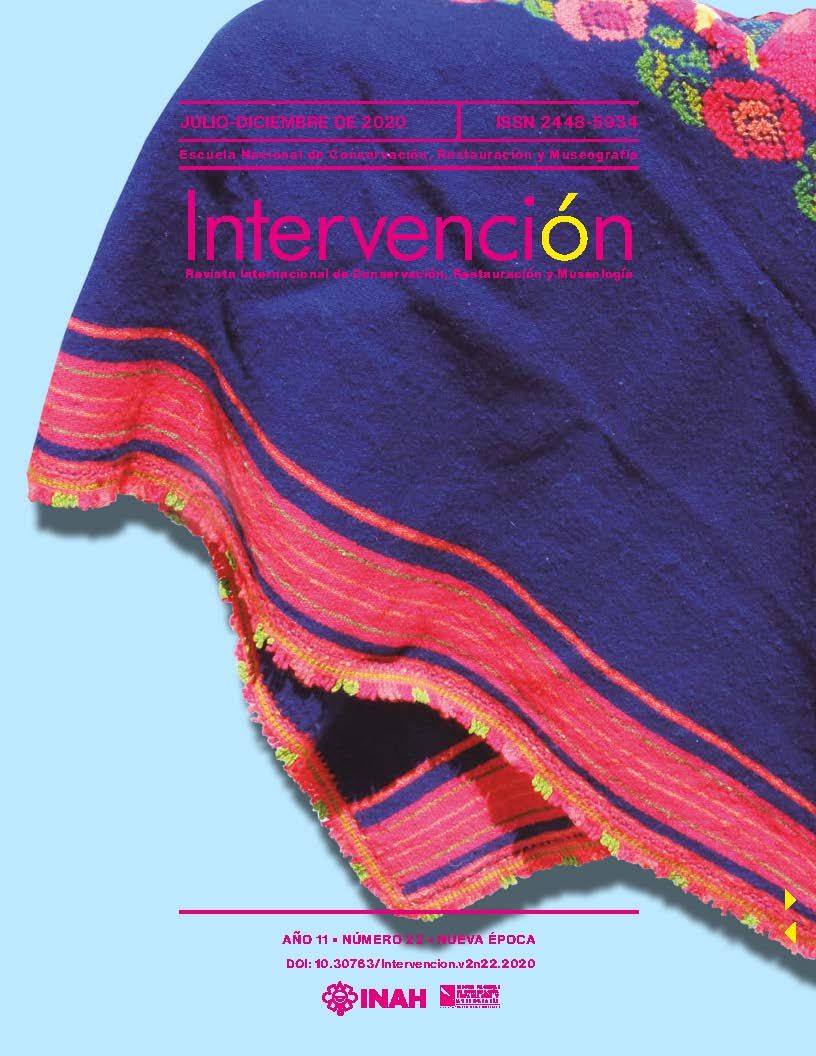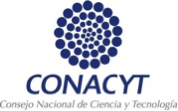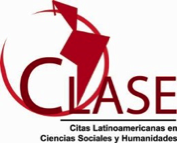Local Knowledge of Wool Dyeing in a Mazahua Community in the State of Mexico
DOI:
https://doi.org/10.30763/Intervencion.238.v2n22.17.2020Keywords:
Dyeing techniques, Local knowledge, Mazahua, Indigo, CochinealAbstract
The dyeing of wool is part of the cultural heritage of the Mazahua people. In the community of Santa Rosa de Lima, local knowledge of their techniques has been lost due to various social and economic factors. An ethnographic survey was conducted to make a comparative analysis of the dyeing processes between 1995 and 2017. This survey highlights, among its main findings, that although the techniques have varied and there are deficiencies in the processes, the local women maintain their tradition and manage to obtain the colors required for their clothing. These colors, and the dyeing materials from which they come (mainly indigo and cochineal), are closely related to Mazahua women’s cultural identity.
Downloads
References
Arredondo, G. M. (1996). La importancia de un programa gubernamental en el rescate de la indumentaria mazahua de Santa Rosa de Lima, municipio de El Oro, Estado de México (tesis de licenciatura). Universidad Autónoma del Estado de México, México.
Arredondo, G. M. (2013). Mujer mazahua. Indumentaria e identidad. México: Universidad Autónoma del Estado de México.
Ávila, A. de (2012). Las técnicas textiles y la historia cultural de los pueblos otopames. Estudios de Cultura Otopame, 8, 127-192.
Castillero, B. (2018). El textil mazahua contemporáneo: San Cristóbal de los Baños y sus textiles. Manuscrito inédito, Maestría en Historia del Arte, Instituto de Investigaciones Estéticas, Universidad Nacional Autónoma de México, México.
Cedano, M. y Villaseñor, L. (2006). Colorantes orgánicos de hongos y líquenes. Scientia-cucba, 8(2), 141-161.
Comerci, M. E. (2013). Cartografía de lo doméstico. Tejidos, territorialidades y subjetividades femeninas. Estudios Rurales. Publicación del Centro de Estudios de La Argentina Rural. Bernal, 1(5), 46-69.
Contreras, B. (2015). Reconocimiento del valor biocultural de la producción artesanal a través del intercambio de saberes. El caso de los textiles de lana en Tlaquilpa, Veracruz (tesis de maestría). Recuperada de https://www.uv.mx/personal/cilopez/files/2010/09/Tesis-Belinda-Contreras_2015.pdf
Farfán, B., Casas, A., Ibarra-Manríquez, G. y Pérez-Negrón, É. (2007). Mazahua ethnobotany and subsistence in the Monarch Butterfly Biosphere Reserve, Mexico. Economic Botany, 61(2), 173-191.
Franco-Maass, S., Arredondo-Ayala, G. M., Cruz-Balderas, Y. y Endara-Agramont, A. R. (2019). The Use of Dye Plants in a Mazahua Community in Central Mexico. Economic Botany, 73(1), 13-27.
Furry, M. y Viemont, B. (1935). Home Dyeing with Natural Dyes. Santa Rosa, CA: Tresh Publications.
Gilbert, K. y Cooke, D. T. (2001). Dyes from plants: past usage, present understanding and potential. Plant Growth Regulation, 34(1), 57-69.
Gilsdorf, T. (2015). Arte textil otomí y mazahua como una expresión femenina de las matemáticas. Estudios de Cultura Otopame, Instituto de Investigaciones Antropológicas. Universidad Nacional Autónoma de México, 2015.
González, J., Bernal, P., Linares, D. y Crown, E. (2012). Desarrollo de Formulado para Teñido Orgánico con Añil. Realidad y Reflexión, 12(36), 41-68.
Instituto Nacional de Estadística, Geografía e Informática (INEGI). (2010). Censo de Población y Vivienda 2010. Recuperado de http://www.beta.inegi.org.mx/proyectos/ccpv/2010
Jaramillo, H. (1989). El teñido de lana con cochinilla en Salasaca, Tungurahua. Sarance. Revista del Instituto Otavaleño de Antropología, agosto, 19-31.
Junsongduang, A., Sirithip, K., Inta, A., Nachai, R., Onputtha, B., Tanming, W. y Balslev, H. (2017). Diversity and Traditional Knowledge of Textile Dyeing Plants in Northeastern Thailand. Economic Botany, 71(3), 241-255.
Kumar, A. y Agarwal, P. (2009). Application of natural dyes on textiles. Indian Journal of Fibre & Textile Research, 34, December, 384-399.
Kumar, A. y Konar, A. (2011). Dyeing of Textiles with Natural Dyes. En E. Akcakoca (Ed.), Natural Dyes (pp. 29-56). Londres: InTech.
Liu, Y., Ahmed, S., Liu, B., Guo, Z., Huang, W., Wu, X., Li, S., Zhou, J., Lei, Q. y Long, C. (2014). Ethnobotany of dye plants in Dong communities of China. Journal of Ethnobiology and Ethnomedicine, 10(23), 1-8.
MacFoy, C. (2004). Ethnobotany and sustainable utilization of natural dye plants in Sierra Leone. Economic Botany, Supplement, 58, S66-S76.
Maldonado, A. A., Serrano, H. P. y Sandoval, E. (2014). Permanencia de las dimensiones estéticas mazahuas y otomíes y su aplicación de la cultura material. Toluca: Universidad Autónoma del Estado de México.
Mati, E. y Boer, H. de (2010). Contemporary Knowledge of Dye Plant Species and Natural Dye Use in Kurdish Autonomous Region, Iraq. Economic Botany, 64(2), 137-148.
Méndez, P. M. (2009). Herencia textil, identidad indígena y recursos económicos en la Patagonia argentina. Estudio de un caso: la comarca de la meseta central de la provincia de Chubut. aibr. Revista de Antropología Iberoamericana, 4(1), enero-abril, 11-53.
Muñoz, L. (2006). Preparación de colorantes orgánicos y su posible aplicación a fibras textiles (tesis de Ingeniería Química). Benemérita Universidad Autónoma de Puebla, México.
Rees, D. (1998). Natural Dyeing of Textiles. Practical Action Technical Brief. The Schumacher Centre for Technology and Development, Rugby, Warwickshire, UK, Recuperado de http://practicalaction.org/icts/docs/technical_information_service/dyeing_textiles.pdf
Rojas, O., Mavila, D. y Rojas, N. (2011). Insumos ecológicos en la serigrafía textil: Caso peruano. Industrial Data. Revista de la Facultad de Ingeniería Industrial de la Universidad Nacional Mayor de San Marcos, 14(1), enero-junio, 34-41.
Sánchez-Alejo, R., Rangel-Villafranco, M., Cristóbal-Sánchez, G., Martínez- García, A. y Pérez-Mondragón, M. C. (2016). Sistematización del conocimiento tradicional asociado al uso de las plantas medicinales en una comunidad mazahua. Revista Iberoamericana de Educación, 3(6), 153-160.
Trillo, C., Demaio, P., Colantonio, S. y Galetto, L. (2007). Conocimiento actual de plantas tintóreas por los pobladores del valle de Guasapampa, provincia de Córdoba. Kurtziana, Volumen especial de Etnobotánica, 33(1), 65-71.
Türkmen N., Kirici, S., Özgüven, M., Nan, M. y Kaya, D. A. (2004). An investigation of dye plants and their colourant substances in the eastern Mediterranean region of Turkey. Botanical Journal of the Linnean Society, 146, 71–77.
Vázquez, I. (2009). Simbolismo e interpretación del diseño textil mazahua. En A. Serrano (Comp.), Memorias del III Coloquio Internacional sobre Grupos Otopames (Vol. 1) (pp. 139-145). México: Comité Académico de los Coloquios Internacionales sobre Otopames.
Zarkogianni, M., Mikropoulou, E., Varella, E. y Tsatsaroni, E. (2011). Colour and fastness of natural dyes: revival of traditional dyeing techniques. Coloration Technology, 127(1), 18-27.
Additional Files
Published
How to Cite
Issue
Section
License
Copyright (c) 2020 Instituto Nacional de Antropología e Historia (INAH)

This work is licensed under a Creative Commons Attribution-NonCommercial 4.0 International License.

Atribución-NoComercial 4.0 Internacional
https://creativecommons.org/licenses/by-nc/4.0/deed.es
Usted es libre de:
- Compartir — copiar y redistribuir el material en cualquier medio o formato
- Adaptar — remezclar, transformar y construir a partir del material
Bajo los siguientes términos:
-
Atribución — Usted debe dar crédito de manera adecuada, brindar un enlace a la licencia, e indicar si se han realizado cambios. Puede hacerlo en cualquier forma razonable, pero no de forma tal que sugiera que usted o su uso tienen el apoyo de la licenciante.
-
No Comercial — Usted no puede hacer uso del material con propósitos comerciales.




















